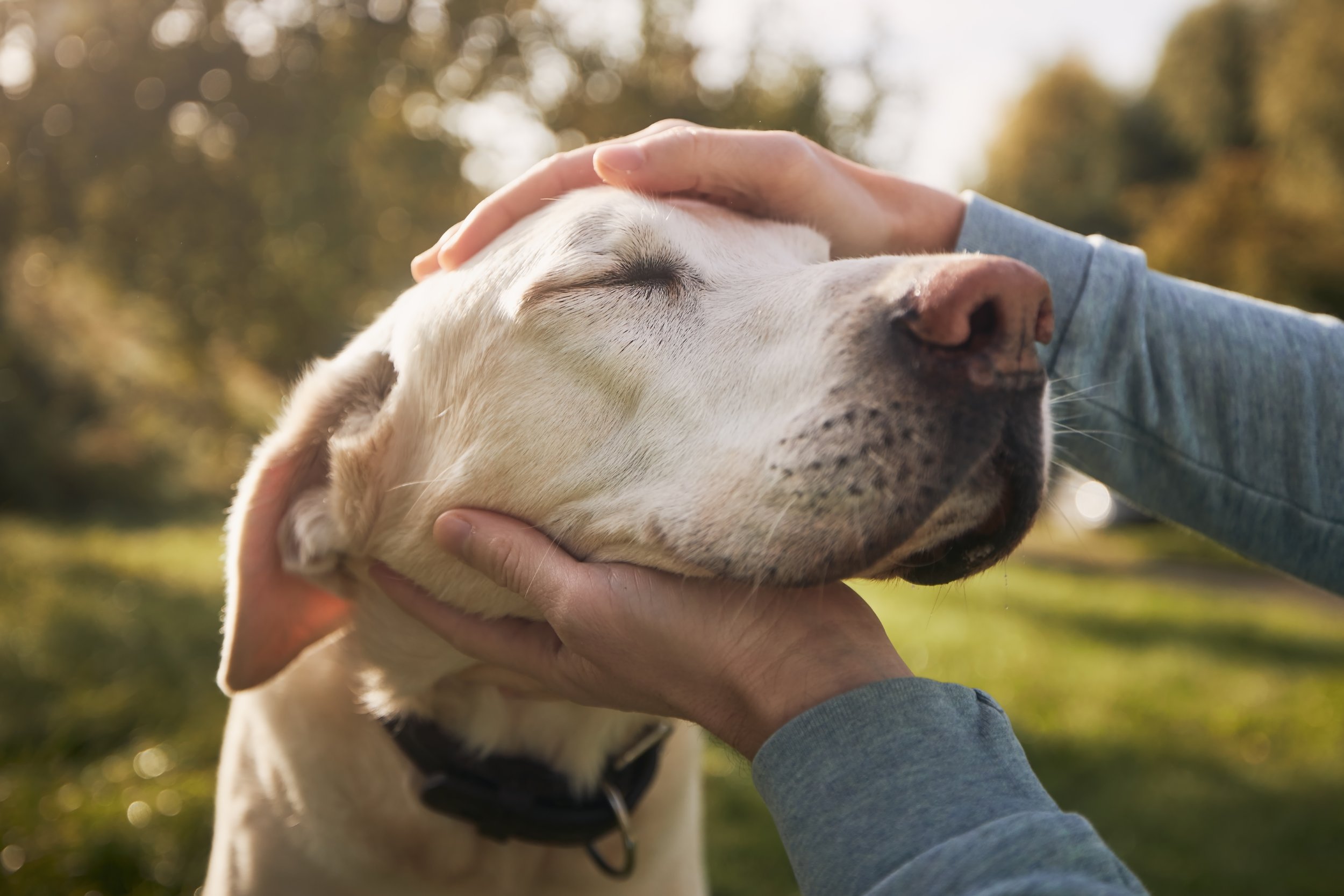Tips on Adjusting to Your Pet’s Blindness
Tips on Adjusting to Your Pet’s Blindness:
Unfortunately, there are a number of permanently blinding conditions in animals and despite prompt diagnosis and appropriate medical treatment, some pets lose their vision in light of our best efforts. If the vision loss is isolated to the eyes and if the eyes are not a source of discomfort, most pets adjust remarkably well to their vision loss and can lead a rather normal life.
Animals have a heightened sense of smell and better hearing than humans. These senses are equally important, if not more so than sight to most animals, therefore they learn to rely on these as they adjust to blindness.
Vision loss for your furry family member can be stressful for both the pet owner and the animal as they adjust to blindness. Some pets take weeks to gain comfort in navigating their environment without vision while some seemingly never skip a beat. It is important to understand that blindness is often harder on the pet owner than it is on the animal and most pets adjust remarkably well to life without vision.
The following is a list of tips to help you and your pet adjust to their blindness:
LEASH UP! Keeping your pet on a leash in unfamiliar territory will help keep them safe and out of harm’s way. If they were to get scared and run off, even in a familiar area, they may have a difficult time finding their way home! You can also use pet identification tags and harnesses that alert people that your pet is blind.
DON’T REDECORATE! Most pets create a form of a mental map of their environment. Keep furniture in the same location if possible to help them adjust. If you do need to move your furniture or move homes altogether, do not fret, your pet will still adjust. Keep a “home base” with their feeding and bedding in a safe, easy to locate place.
TEACH THEM NEW THINGS! Teach your pet new commands such as “stop” or “step-up” which may help them navigate safely in unfamiliar environments.
KEEP IT FUN! Does your pet love to play with toys or other animals, to take walks or go swimming? If so, continue to encourage that enriching behavior. Enable them in any way possible to continue doing the things they enjoy!
KEEP THEM SAFE! Blind animals should not be left unattended around bodies of water (pools, lakes, ponds, etc) or near cliffs or steep drops. Consider using safety gates in the home to protect them from falling down stairs or to keep them out of unsafe areas.
TALK TO THEM! If your pet was anxious beforehand, speaking quietly or in your normal voice to let them know you are approaching will help comfort them as they adjust to blindness. Even the friendliest pet can become startled or frightened when approached or grabbed unexpectedly.
ENLIST THEIR FRIENDS! Other pets in the home may help them navigate and become guide companions for their friends. Placing a bell on the housemate’s collar may help your pet locate them easily.
UTILIZE THEIR OTHER SENSES! Buying toys that make noise will utilize their sense of hearing. You can also add scents to toys or areas in the home to help improve navigation by using their sense of smell. Your pet may also rely on textures such as carpet versus tile to help create their mental roadmap.
KEEP AN EYE ON THEIR EYES! Remember that even though vision may be permanently lost, the eyes can develop additional issues in the future. Watch for squinting, rubbing, increased discharge or other changes in appearance of the eyes and have your pet evaluated by your veterinarian or veterinary ophthalmologist promptly if noted!
Thankfully, our pets do not have an emotional response to vision loss and while humans often think about all of the limitations we would have without vision, animals typically adapt extraordinarily well. If we let them try, they will amaze us about how well they acclimate!

